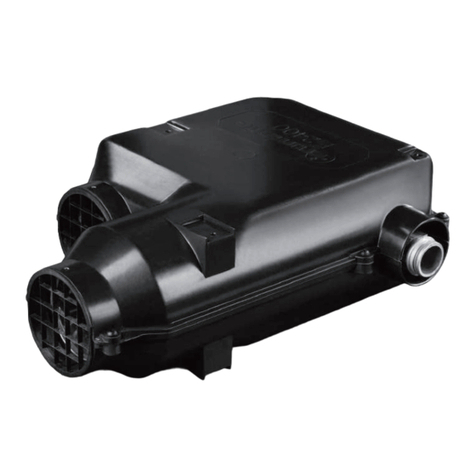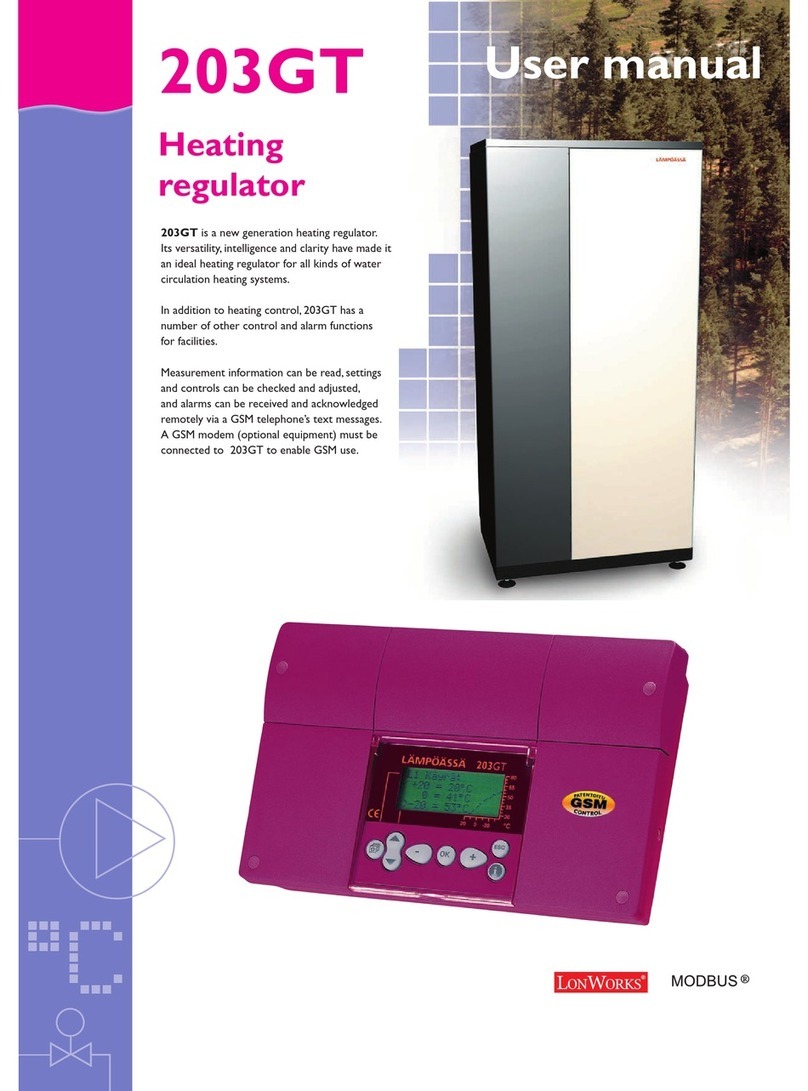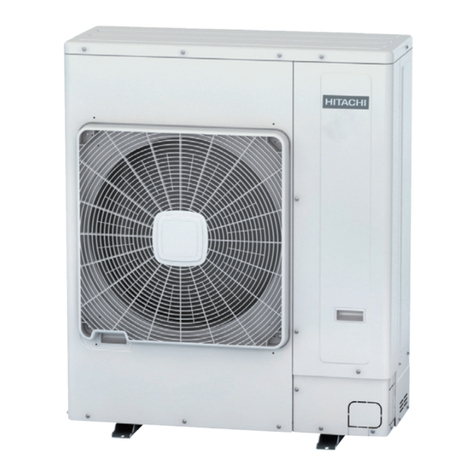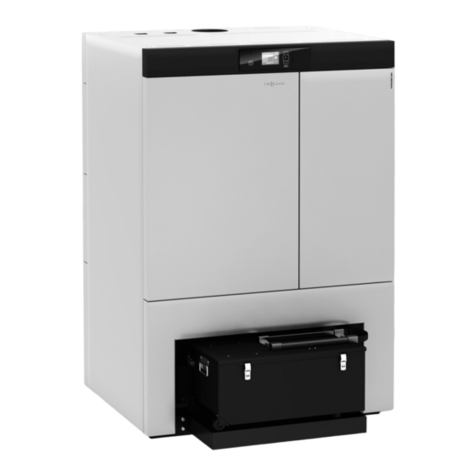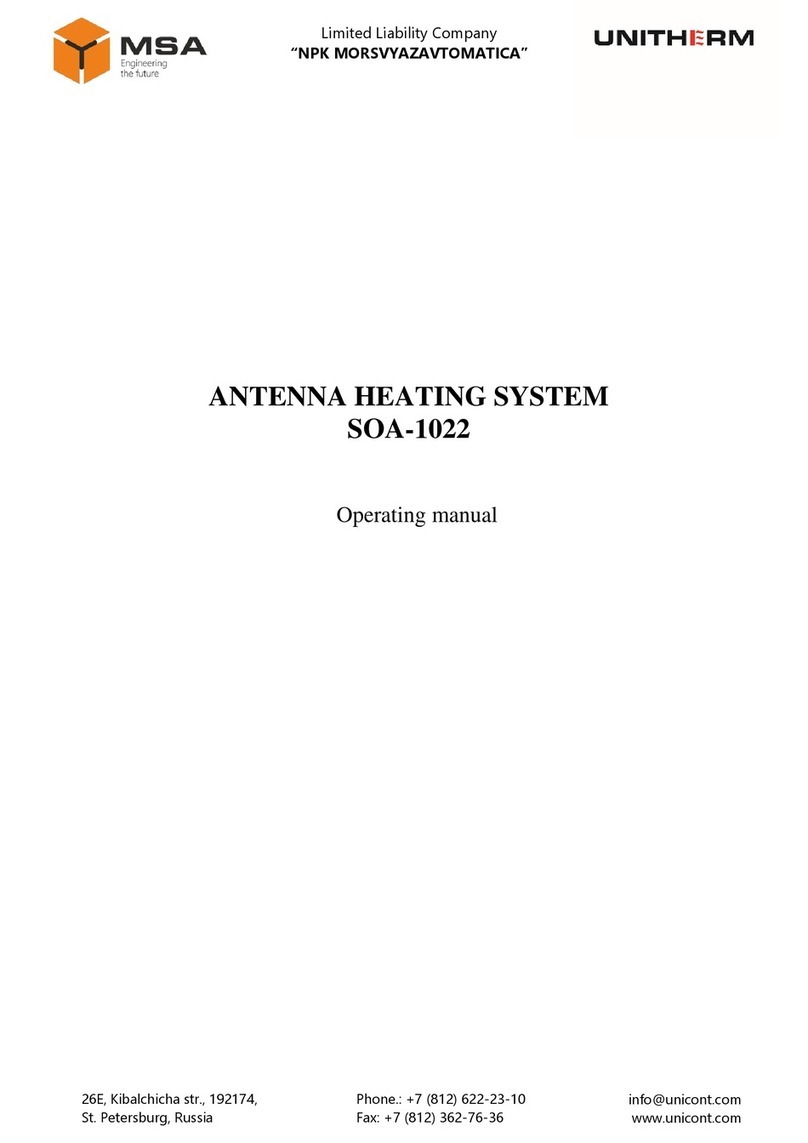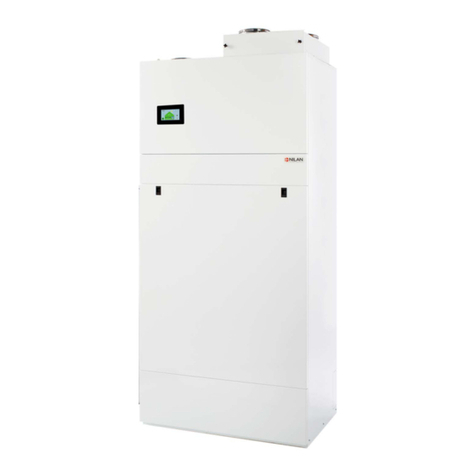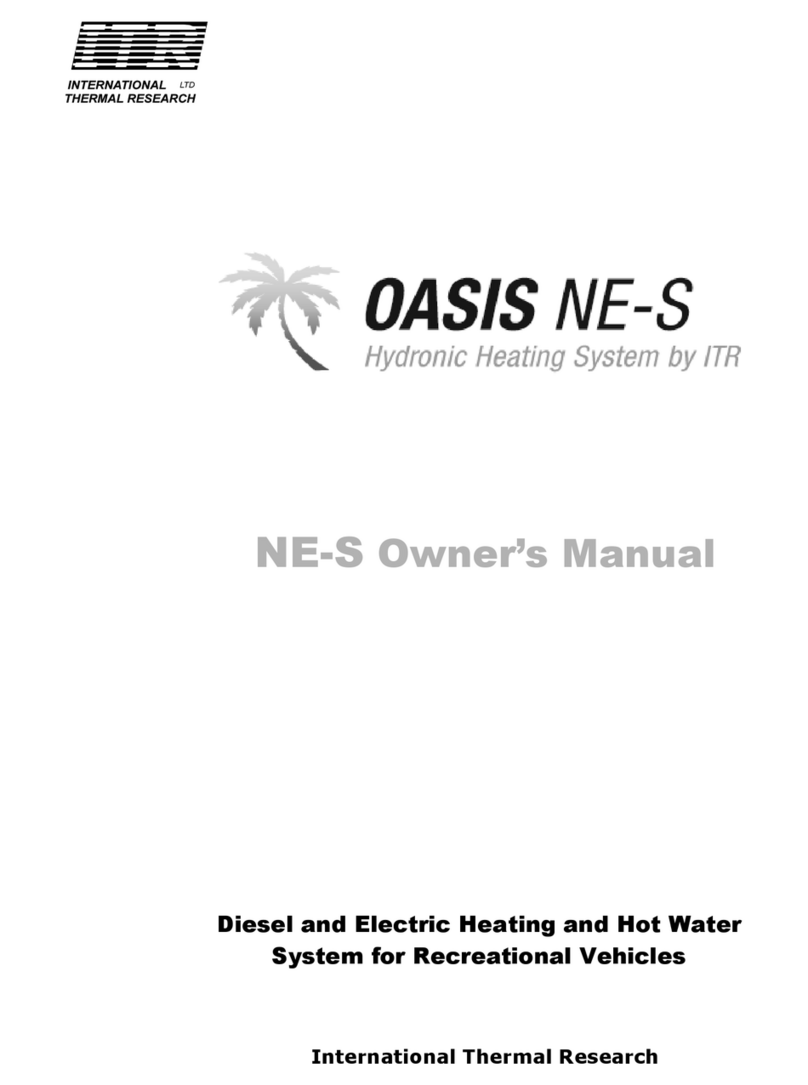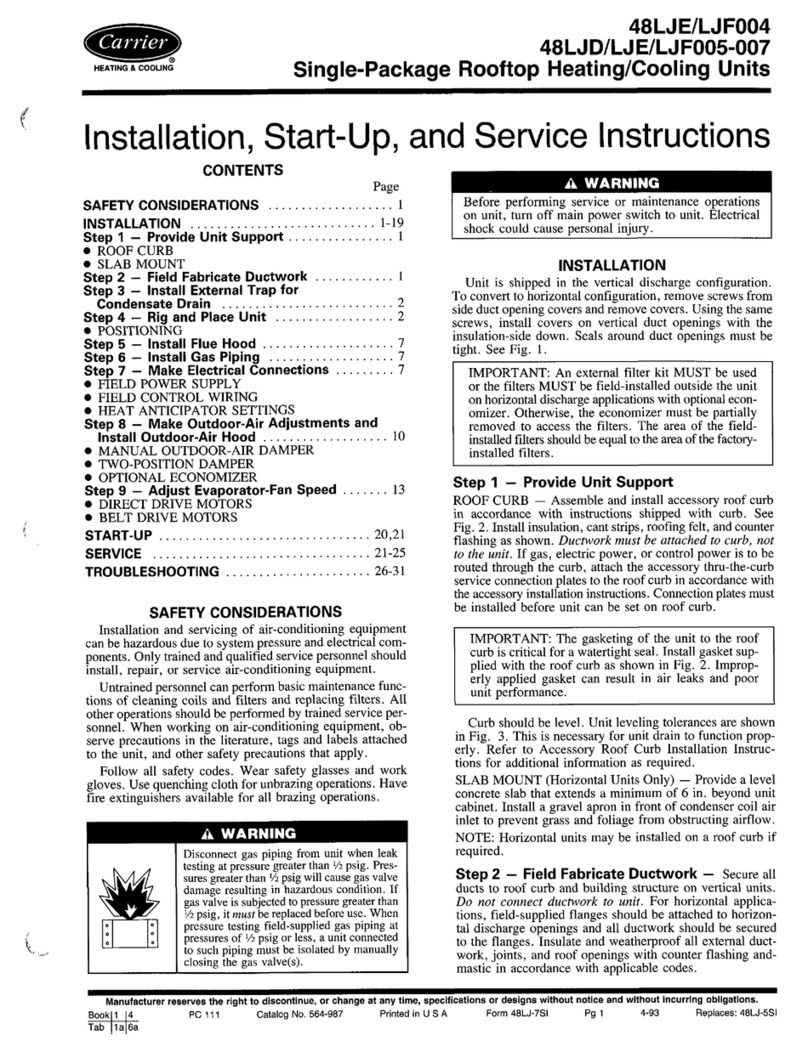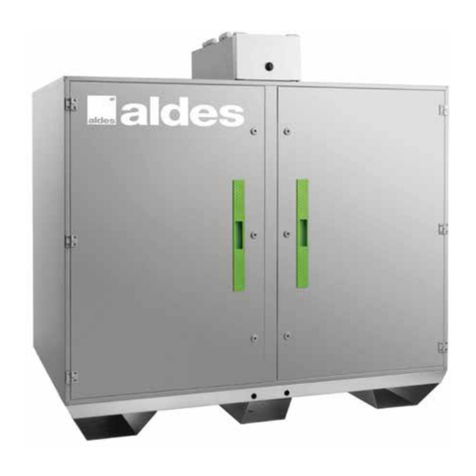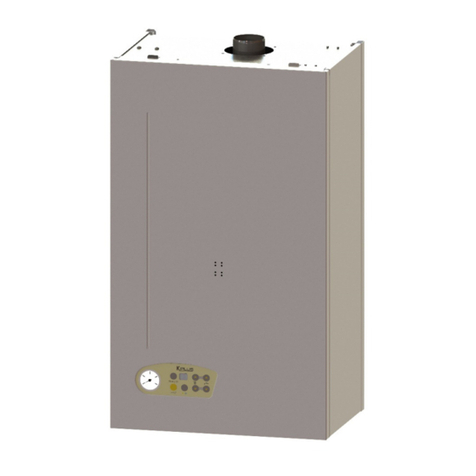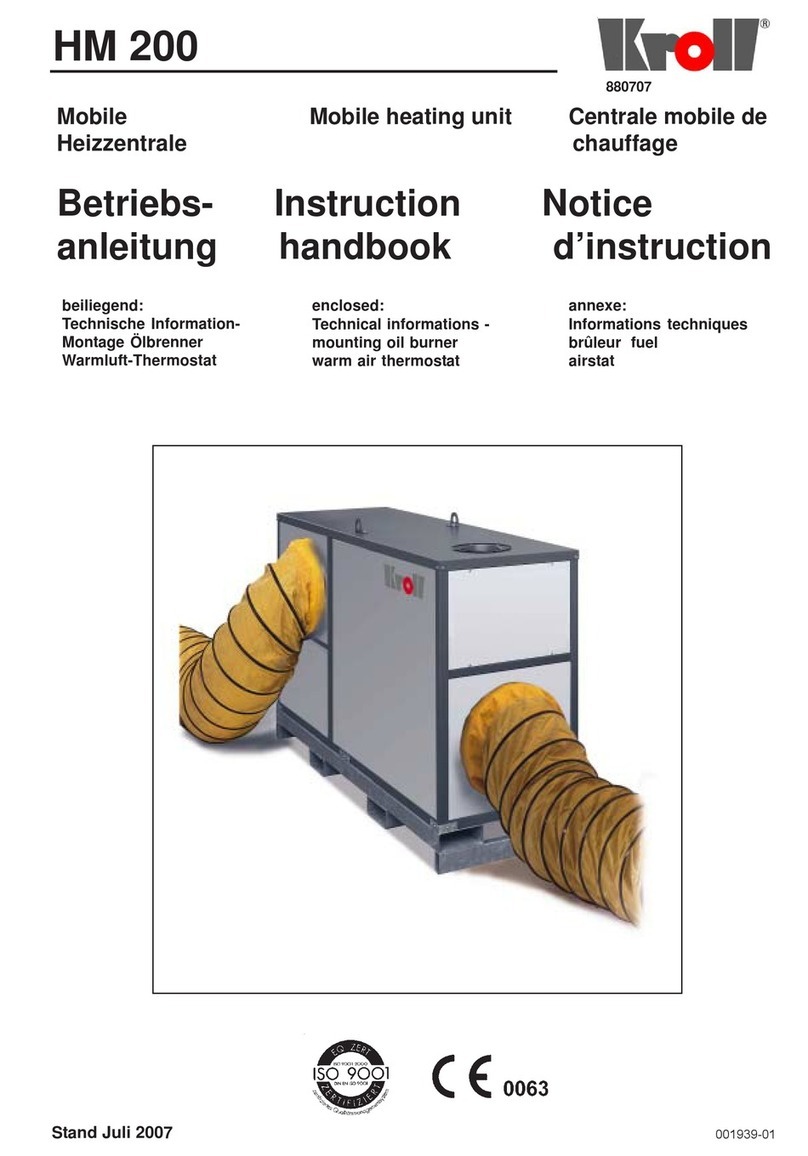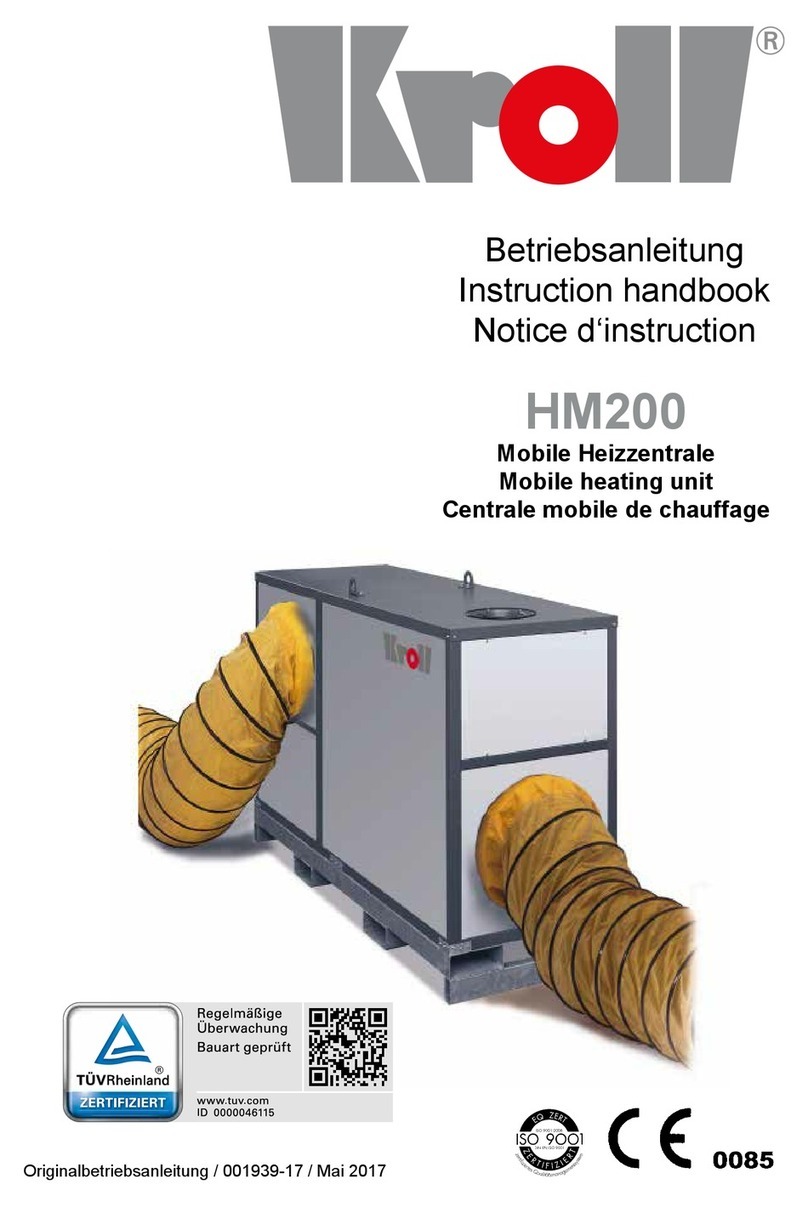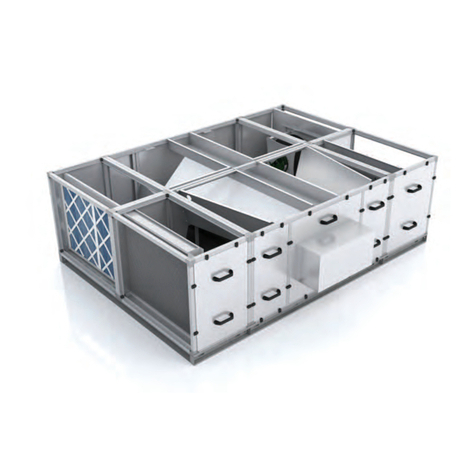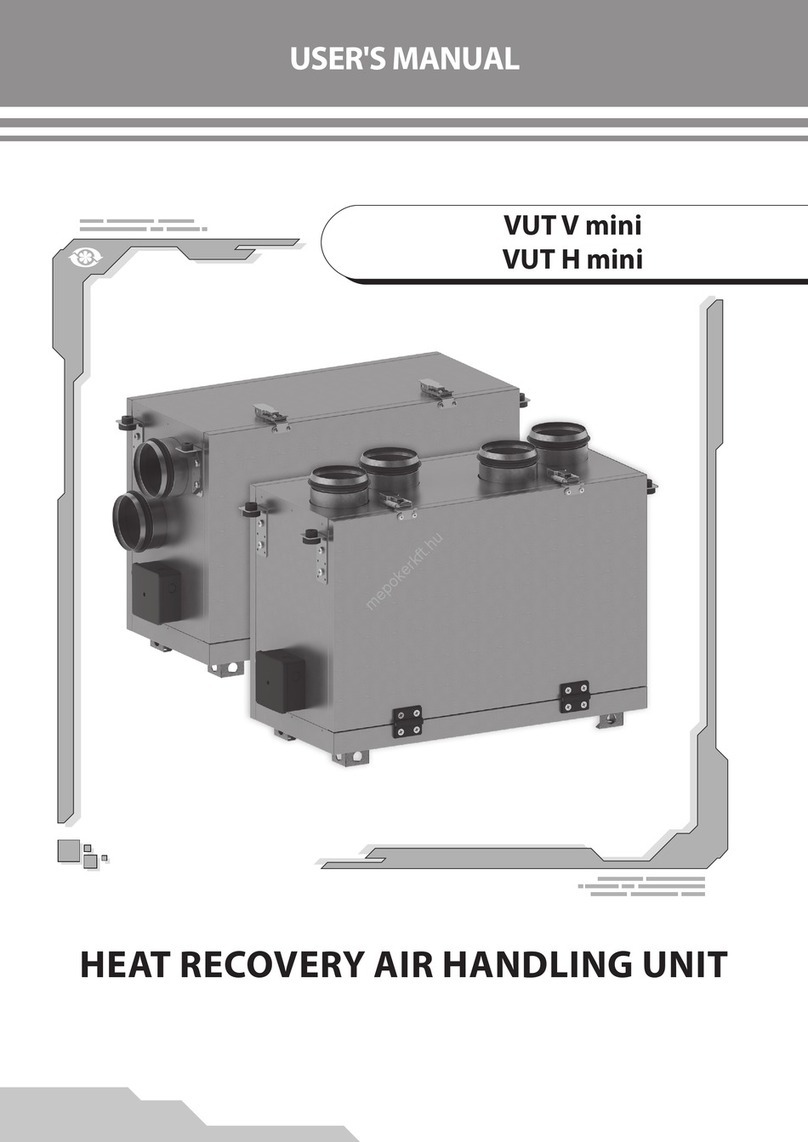Setting the Space Heating Mode
To set the water temperature in space heating mode you have two options, to set a constant
water temperature or to set a weather compensated heat curve. We normally suggest a heat
curve is best for most applications and this is the method we shall describe here. See the
suggested settings below.
In installer mode press the MENU button and then select SYSTEM CONFIGURATION and then
SPACE HEATING and CIRCUIT 1
Select WATER CALCULATION MODE and choose POINTS
Use the right and left keys to navigate between the four points on the graph and the up and
down keys to change the value of each point. When setting up and testing the unit choose
55, 50, -5 and 15 but for normal operation see the notes below.
Weather compensation settings
Testing the unit 55, 50, -5, 15
Underfloor Heating 35, 30, -5, 15
Modern Radiators 45, 35, -5, 15
Old Fashioned Radiators 52, 40, -5, 15
Setting the Domestic Hot Water Settings
You have a choice to make here. To optimise the hot water tank to prevent the growth of
legionella or to optimise for scald prevention and economy.
Please discuss this with the end user and leave the choice up to them, unless you do not
have an immersion heater fitted (or it is controlled by an immersun or external thermo-
stat) in which case you will not be able to optimise for legionella.
The Issues
Legionella bacteria can grow in water tanks between 20C and 45C. Above this tempera-
ture the bacteria will be killed. Some authorities believe that a weekly legionella cycle is
required to ensure all bacteria is killed off. In order to catch Legionnaires disease contami-
nated water must first be vaporised and then breathed in.
If legionella is to be killed using a legionella cycle then the water temperature must be in-
creased to, usually, 60C. The problem with this is that the time taken for a scald to de-
velop at 50C is measured in minutes but at 60C it is in seconds. In addition this cannot
normally be done by the heat pump without assistance from an electric immersion heater.
Continued on next page
